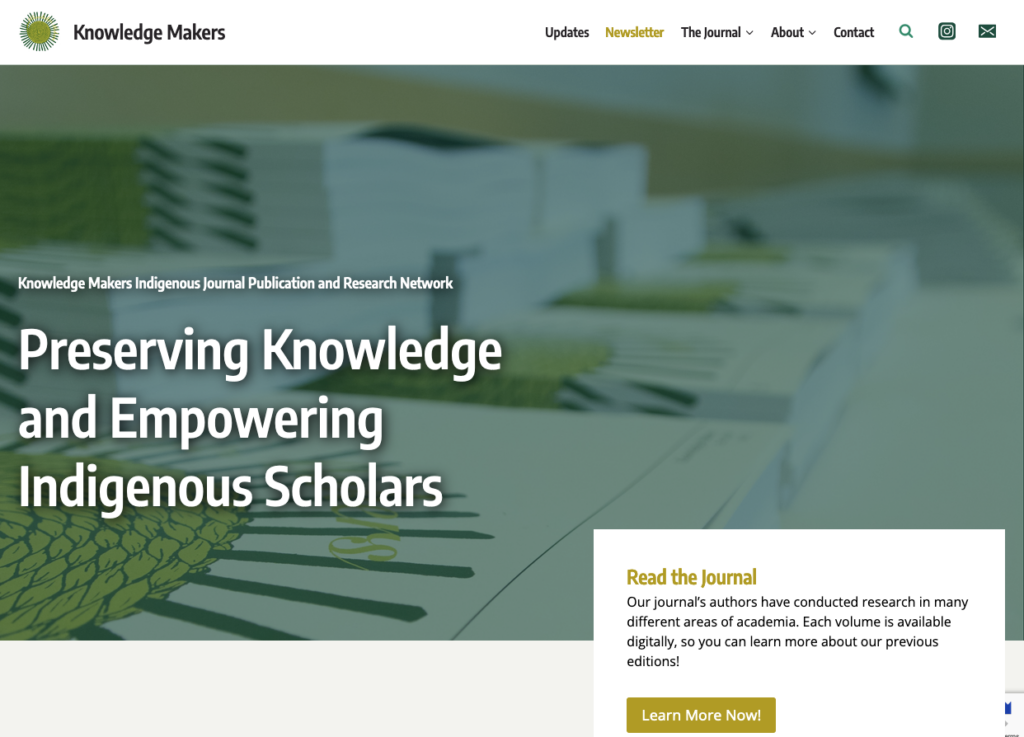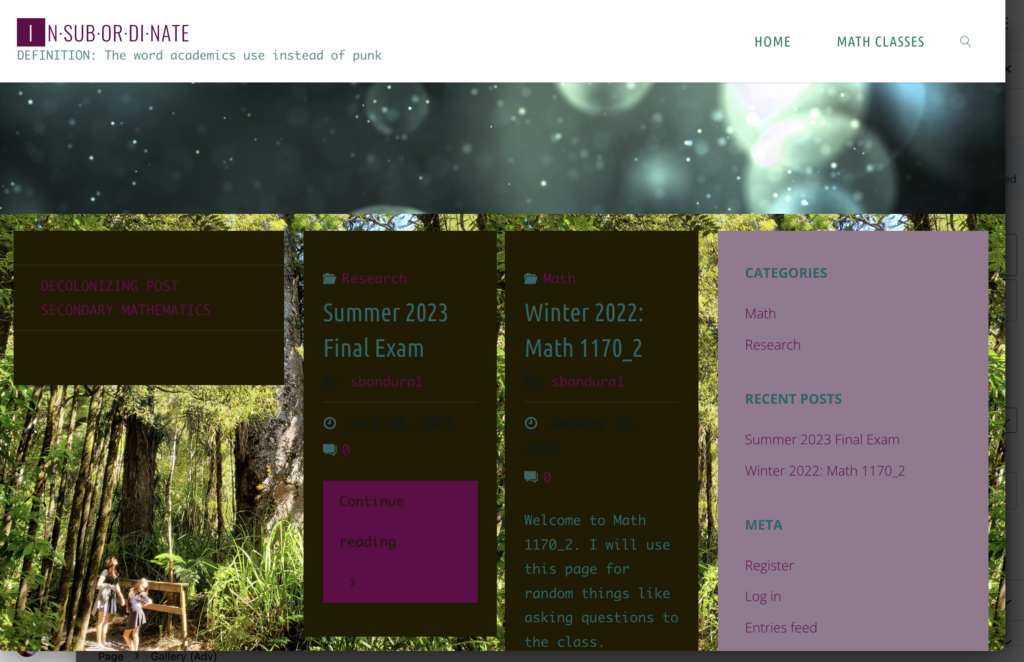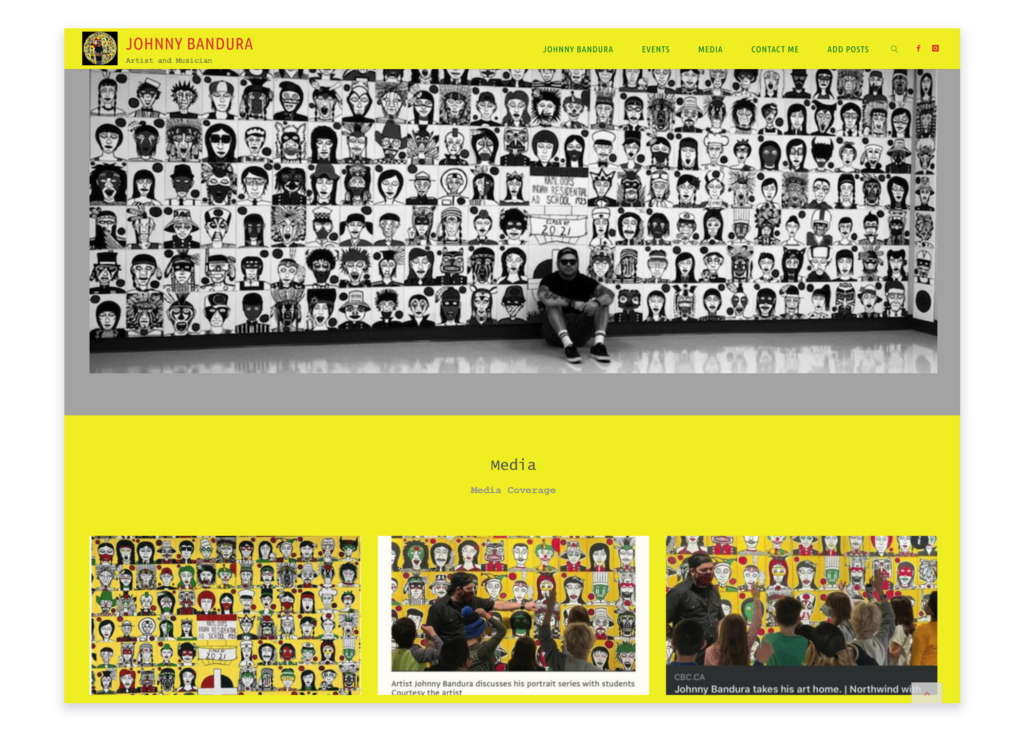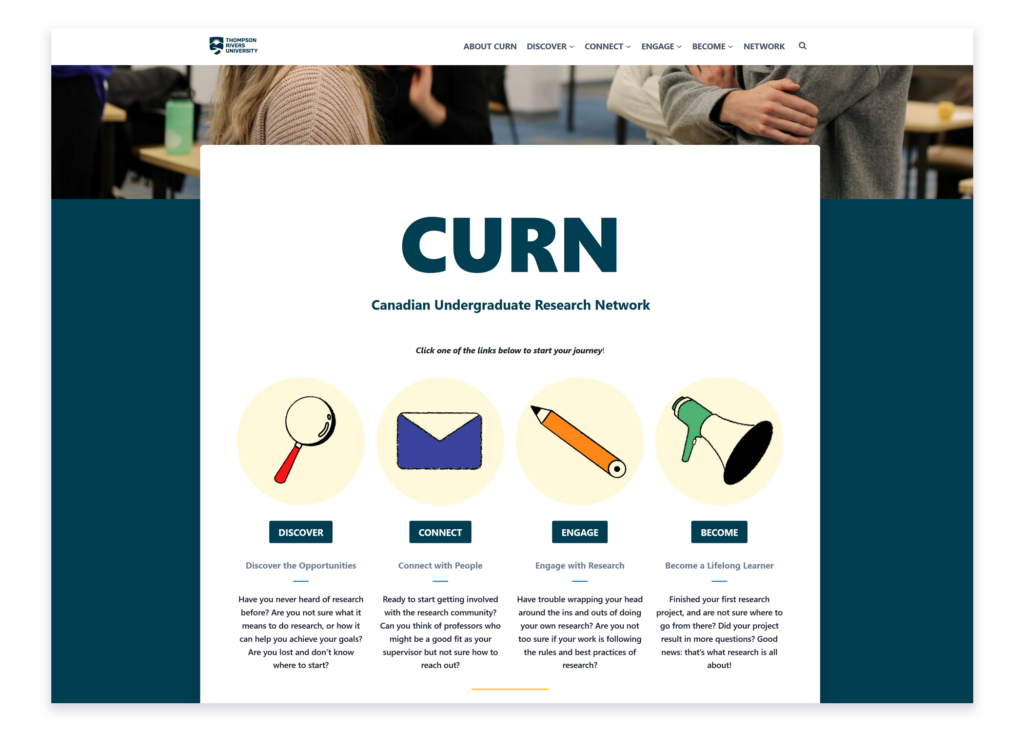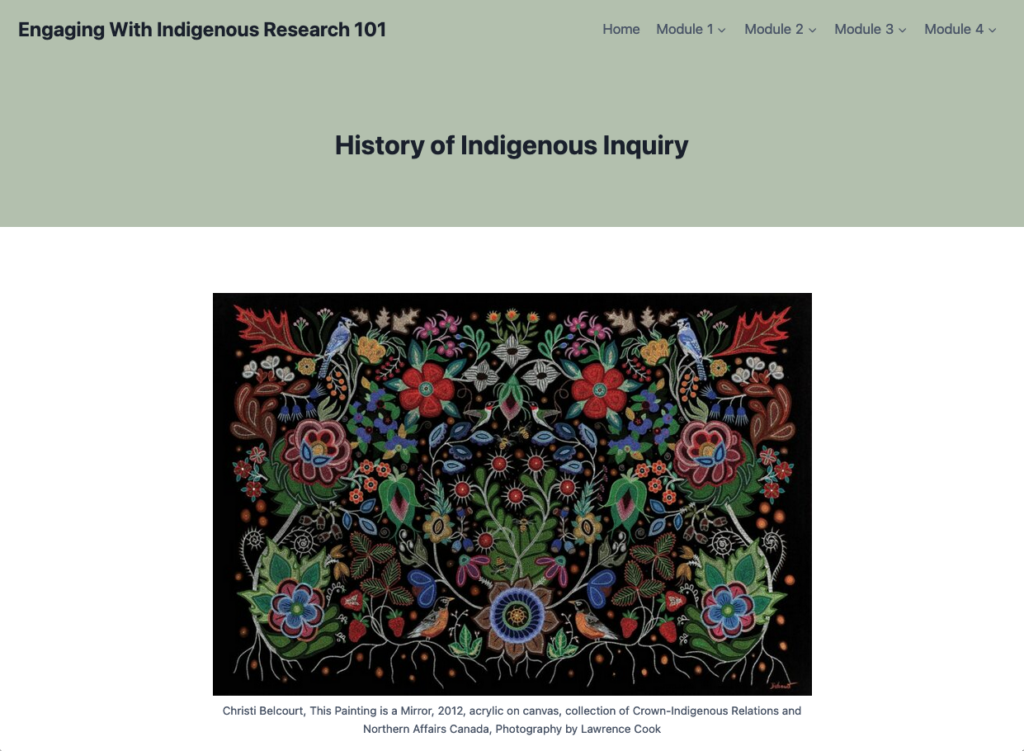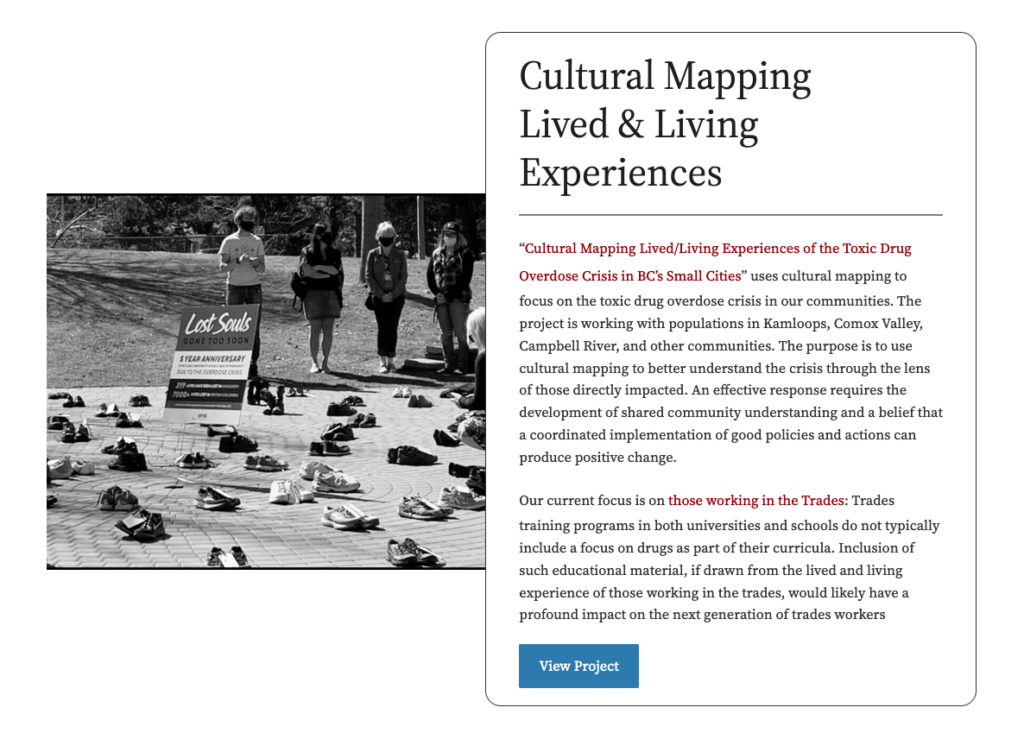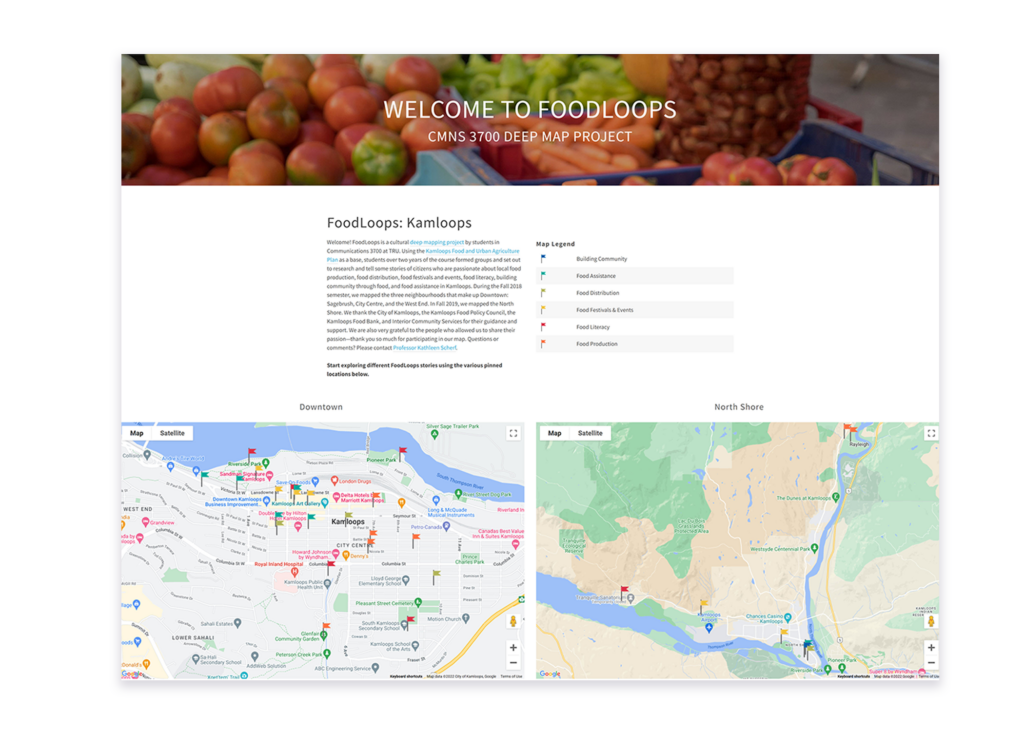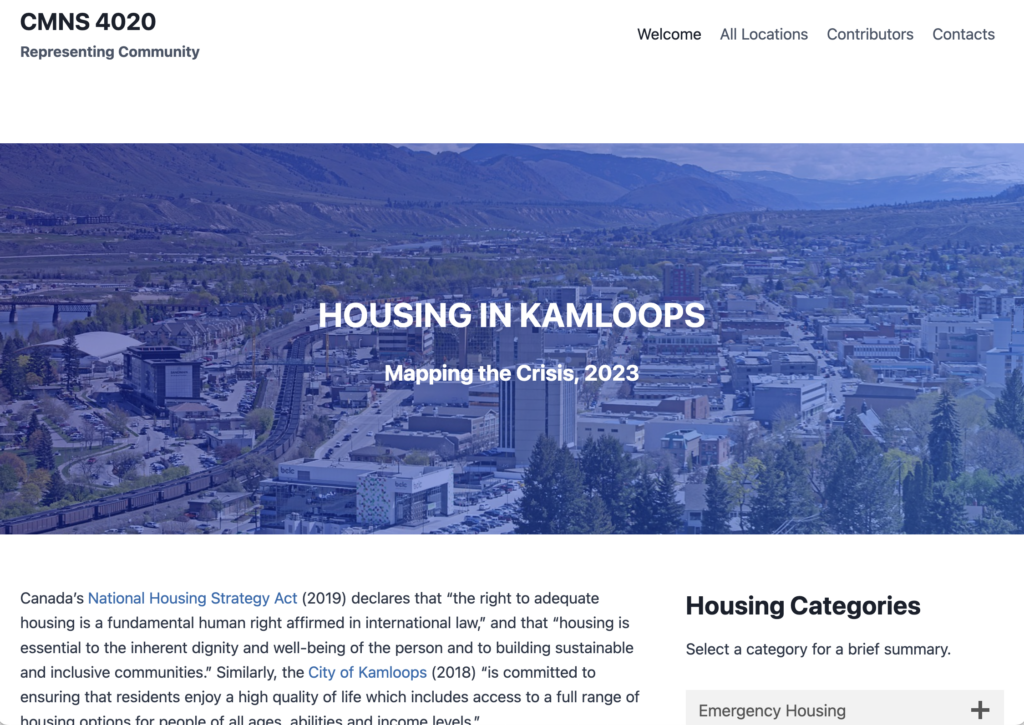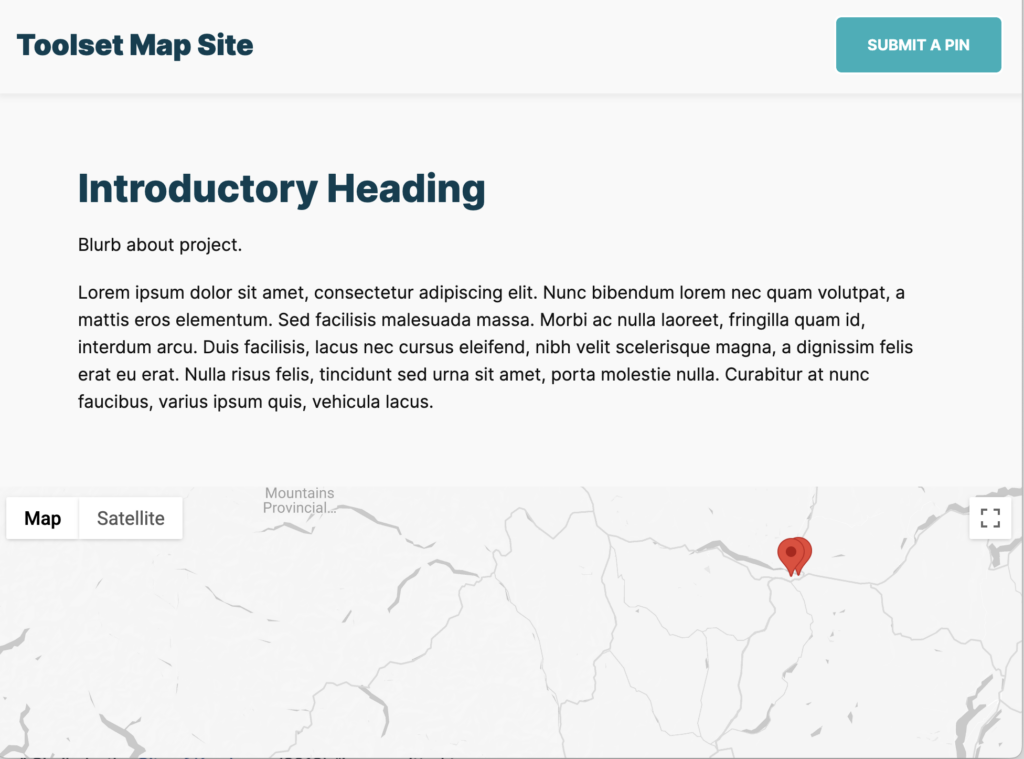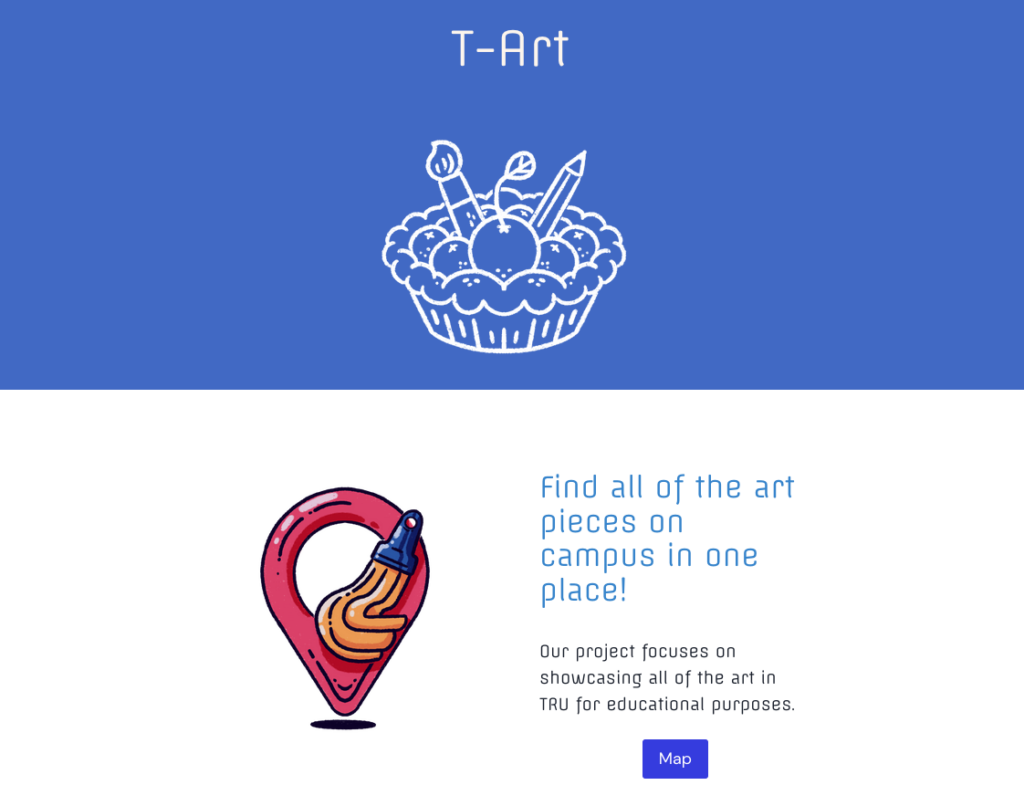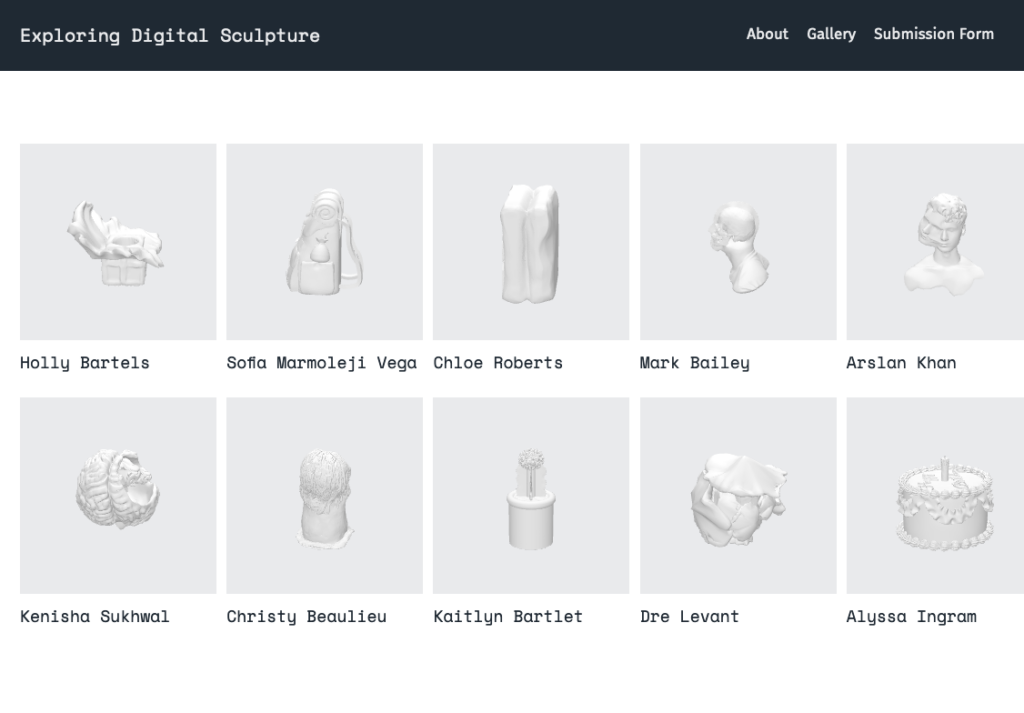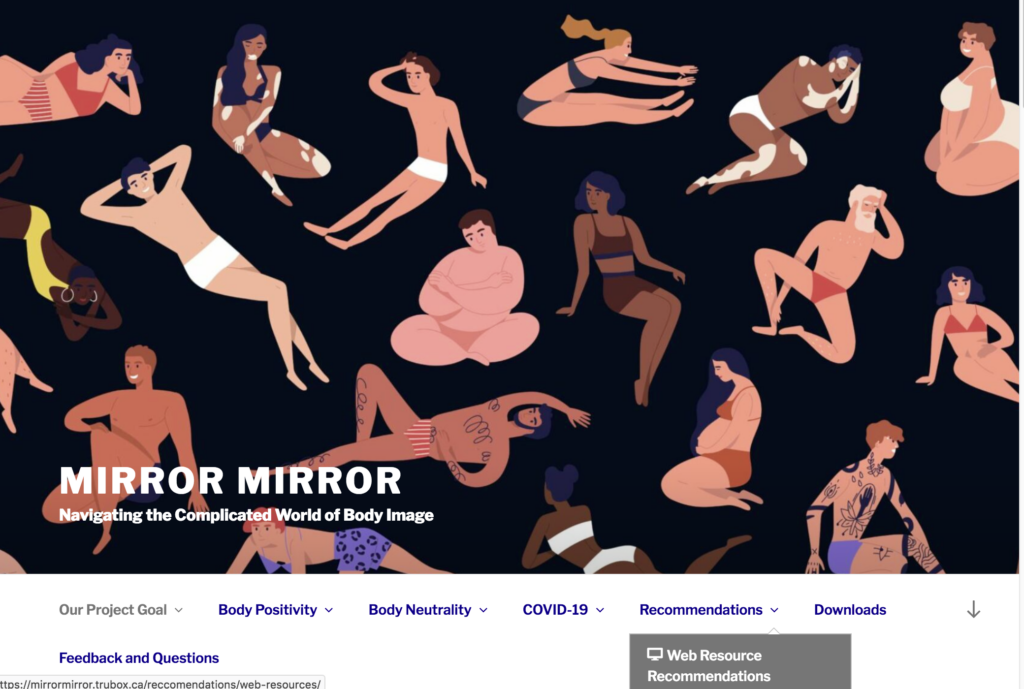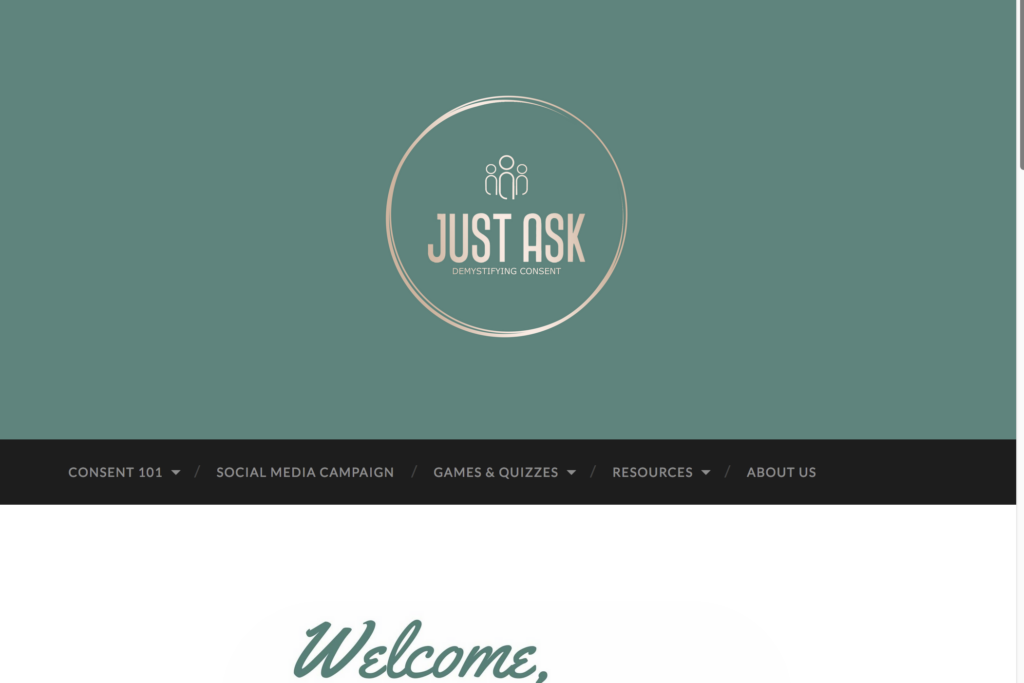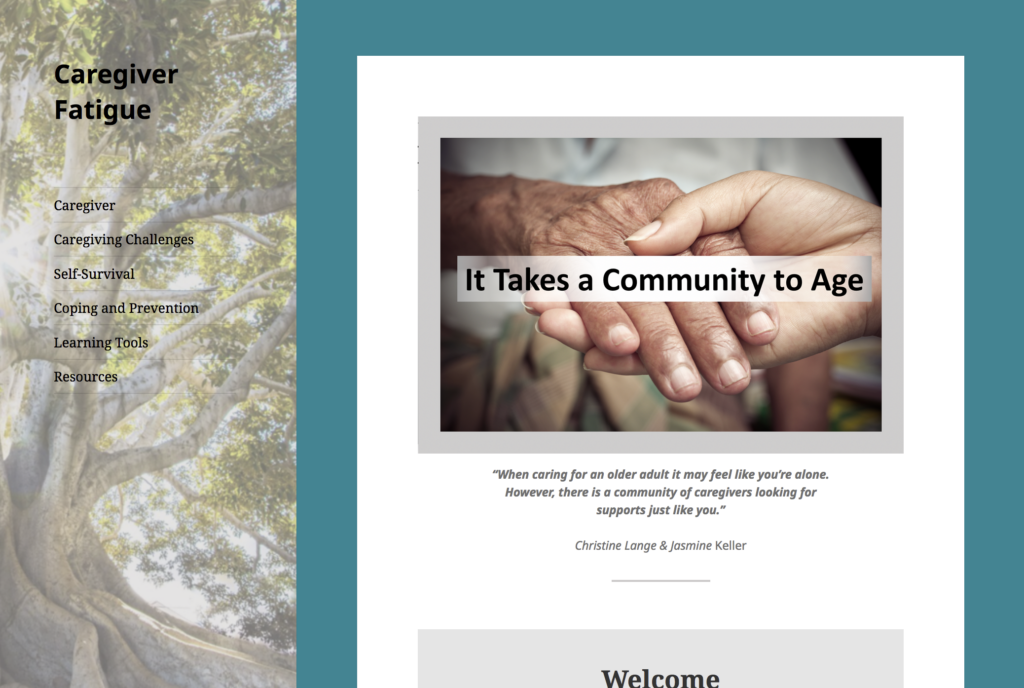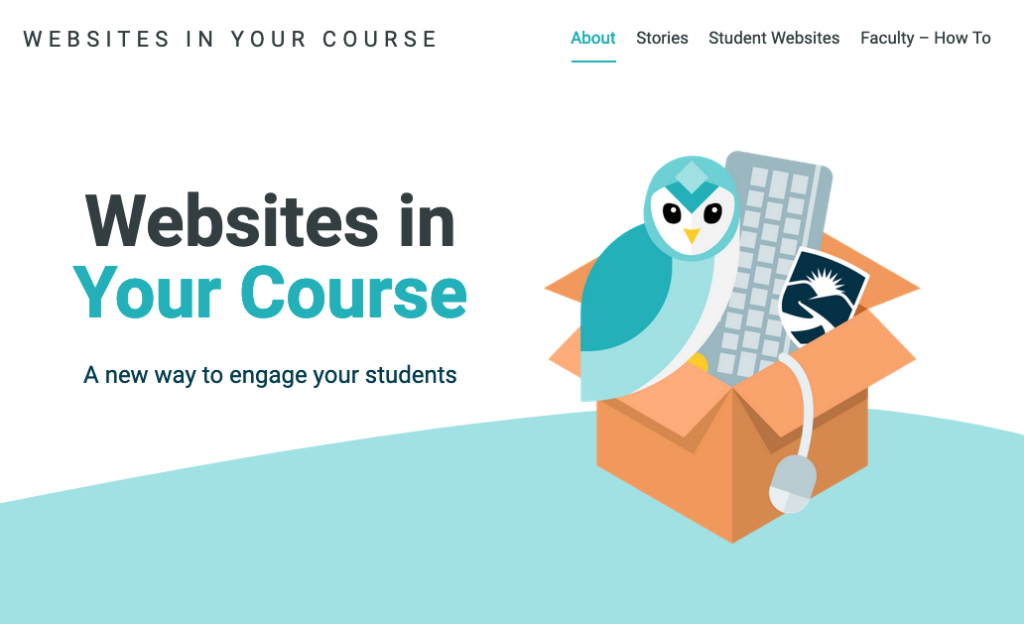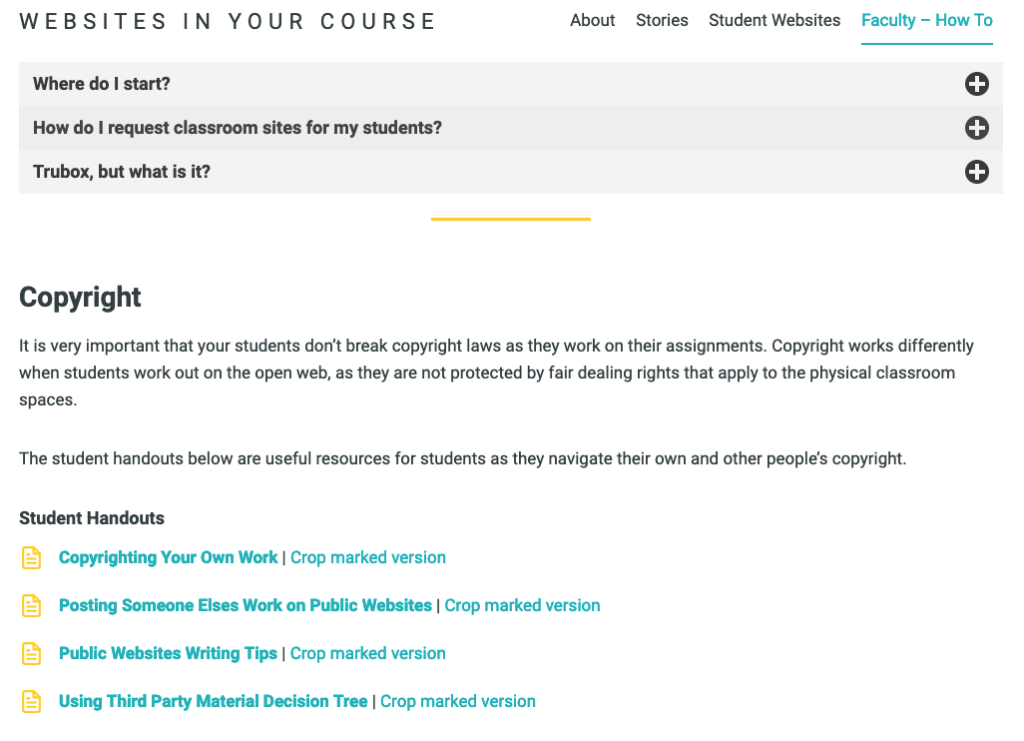Hatching a collaboration community for open ed tech
Facilitating Open Education in B.C.’s Post-Secondary Institutions
Founded in 2016 by a local group of educators, the OpenETC now provides a community of support to 13 of B.C.’s 25 post-secondary institutions. Originally conceived as a way to share open educational practices via a shared set of open technology platforms the OpenETC has become a core platform for developing digital literacy capacity in the province.
The OpenETC was formed as a collective based on cooperative principles, and encourages inter-institutional collaboration that both reduces duplication and barriers to sharing educational technologies and designs, and increases digital pedagogy capacity across the sector by allowing B.C. educators platforms to use to develop digital literacy skills and competencies.
We have shared open infrastructure for more than eight years, and are grateful for the support of BCcampus over many of them.
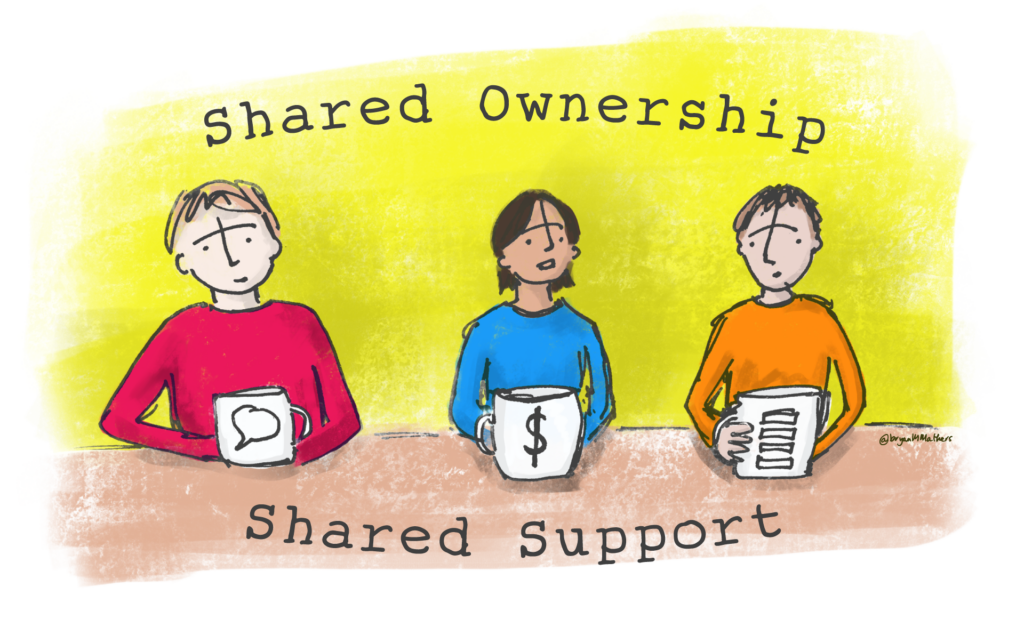
Better together
Historically, whenever people in B.C.’s postsecondary sector were interested in open educational technologies, their options to learn more were limited to occasional conferences and self-directed professional development. Without an ability to easily share and collaborate everyone was essentially left to their own devices, managing in isolation and figuring out best practices.
Shared ownership
One of the primary benefits of the OpenETC is the ability to offer educators community-owned opensource alternatives to vendor-owned solutions. From a digital privacy perspective, there’s an advantage to doing that, but it also helps students and staff develop transferable digital literacy skills with widely used tools like WordPress and Mattermost.
Shared innovation
By explicitly building a sharing community alongside shared platforms, the OpenETC exemplifies a modern and well thought out approach to digital transformation. Working across the BC post-secondary system it solves problems, provides a sandbox for peer supported innovation, and builds digital learning capacity in way that simply isn’t possible at the scale of a single institution.
Governance
The governance structure for the OpenETC does not follow a traditional hierarchical model, which might be a significant reason for its success and longevity. Instead of directors and chairs, the group has collaborators and advisors.
One of the requirements to be a member of the OpenETC is to have an onsite lead within the institution to represent and support local users. Through Mattermost, the leads stay connected with the OpenETC leadership team, asking questions, making suggestions, reporting how the resources are being used in the institutions. Institutional leads play a key role in the governance of the OpenETC.
Simplified support
The shared OpenETC WordPress instance is set up with numerous tools, adaptations and processes that make the platform easier for users, and significantly lighten the requirements for the learning technologists that support them. This includes “self-serve” account and site creation, and form-based (SPLOT) authoring which allows for simpler, no-account-needed authoring that requires no personal information from the user.
Clone it to own it
A core functionality for the shared WordPress instance is the WP Cloner plugin. This functionality allows for any site to to copied: content, theming, plugins and configurations. “Boutique” or innovative development can be replicated quickly by any OpenETC partner. It also allows for the “starter” sites for new users to be set up and ready to run as soon as they sign up.
Goodbye, “Hello World”
A popular use case on the OpenETC is student ePortfolios. Starter sites are set up with required help documentation embedded, and the technical requirements for the assignment can be met simply by cutting and pasting materials into the pre-set areas. But users are also free to re-theme or otherwise remake their site as they wish.
There is immense potential to elaborate this approach with embedded pedagogical guidance and prompts.
Collaboration spaces
Another popular OpenETC platform is Mattermost, an open-source, self-hosted collaboration platform with robust functions for topic-based channels, search, etc.
Mattermost discussions are where OpenETC users and Institutional Leads gather, collaborate, ask for help. It is also an excellent system for more complex and nuanced online discussions, or for initiatives that involve multiple and diverse organizations.
See some of the Stories of OpenETC in Action that feature the use of Mattermost.
opened.ca, as of June, 2025:
6,947
8,431
6,157
217
Building capacity and resilience
At the start of the pandemic North Island College had to rapidly switch to remote learning using their campus LMS. With limited people resources available to help the entire campus make the change, easily accessible self-help web resources were a must have, however the college lacked the digital infrastructure required. NIC was able to use the OpenETC to build two robust websites, one for faculty and one for learners, with technology how-to videos along with helpful links and resources.
Sector efficiencies
“I couldn’t have done this without the support of the OpenETC to host a WordPress site available for any postsecondary employee or student. This has been a lifesaver for launching a new teaching and learning centre and support during the pandemic”.
— Liesel Knaack, North Island College/TRU
Beyond the ePortfolio
Open pedagogy and digital literacy
Learners become open scholars sharing community-engaged open knowledge resources.
- Knowledge Makers
- In.sub.ord.in.ate
- Johnny Bandura
- Canadian Undergraduate Research Network
- Engaging with Indigenous Research 101
- Cultural Mapping research Group
- Foodloops
- Housing in Kamloops
- Sharable Map Site Template
- TRU Campus Art
- Exploring Digital Sculpture
- Mirror Mirror: Navigating the Complicated World of Body Image
- Just Ask: Demystifying Consent
- Caregiver Fatigue
- Websites in Your Course
- Digital Literacy Challenge
Open platform as strategic driver
The TRU Open Press, in partnership with TRU’s Open Education Working Group serves as “a centralized hub of publishing expertise to support students and educators with their open education resources.” Modeling highly efficient processes, it has become a critical home for the use of OER and open educational practices at the university. The Open Press has 54 projects completed or under development.
Onward…
As part of the OpenETC’s SERT project, we are piloting infrastructure to power a new wave of innovation with our community. We are applying the lessons learned in running a platform for diverse educators and learners. We are also responding to how WordPress has evolved, developing “pattern galleries” to push Gutenberg Blocks, and new custom layouts that will allow users to utilize site-wide editing more easily.
Hatching a new OpenETC
Our eight years of piloting this grassroots model as volunteers with the ethos of “contributions not contracts” has been productive and rewarding. But given the essential nature of many of our sites, and the ongoing challenges facing the sector, we see the need to transition to a new model, and formalize more of our processes to ensure a sustainable future.
We are grateful for the opportunities represented by the Shared Educational Resources and Technology grant to explore and to develop approaches that can solidify what has been built by our community.
Thank you!
https://bcnet2025.opened.ca
https://opened.ca/openetc-report/
Anne-Marie Scott https://ammienoot.com/
Grant Potter https://networkeffects.ca/
Brian Lamb https://abject.ca
